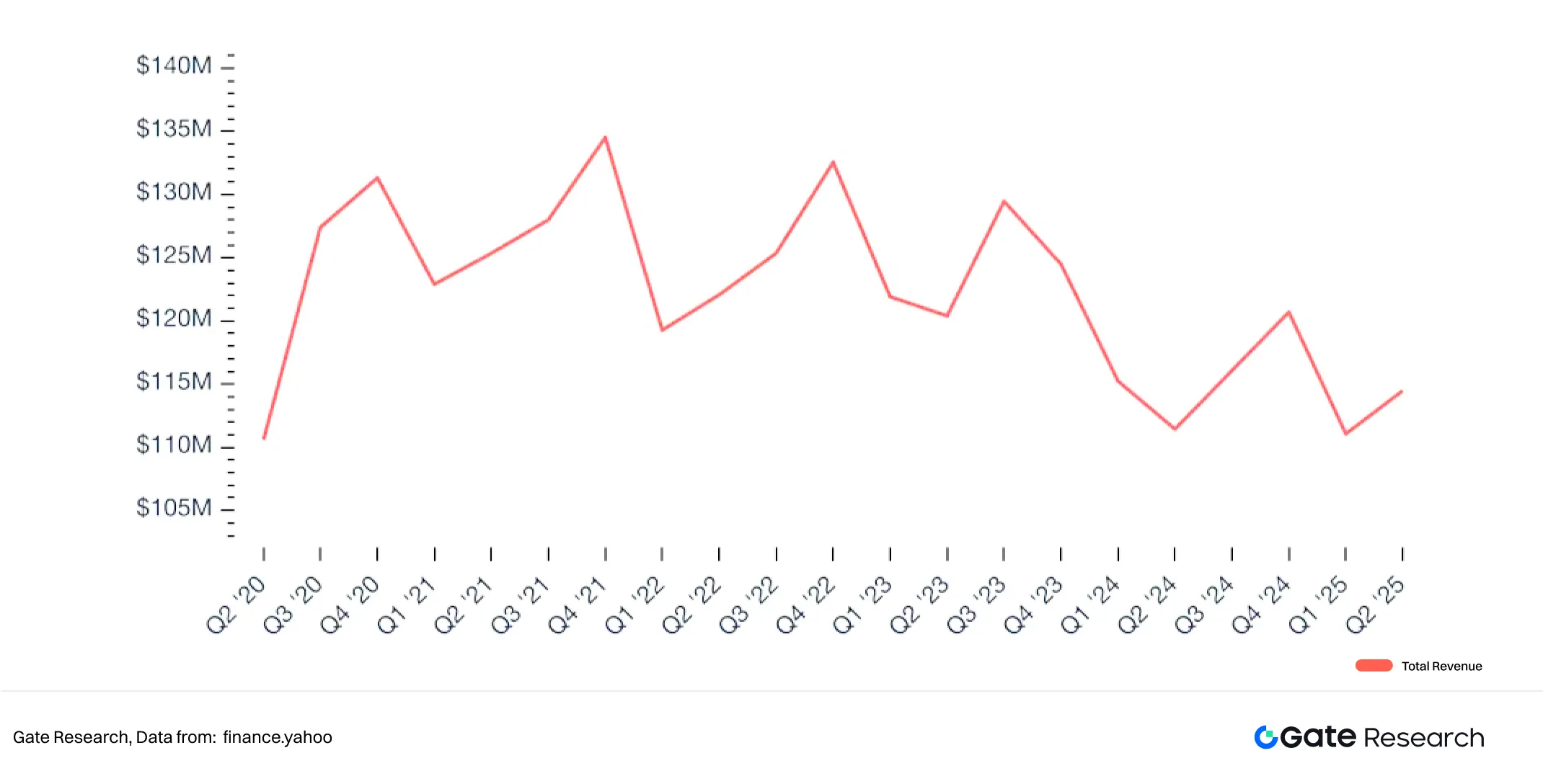The world of cryptocurrency dominated by US dollar stablecoins is quietly being disrupted, with the different paths of the three Asian powerhouses reflecting the deep game of financial digitization. The three major financial centers in Asia are embracing the stablecoin era with their own unique strategies.
On October 27, at the Tokyo Stock Exchange, Noriyoshi Okabe, president of the Japanese fintech company JPYC Inc., announced the launch of Japan's first compliant yen stablecoin, JPYC, calling it "an important milestone in the history of Japanese currency."
At the same time, the Hong Kong Monetary Authority's review team is meticulously examining the first batch of applications for the "Stablecoin Regulation," while officials from the Monetary Authority of Singapore are hosting closed-door discussions on the cross-border settlement results of stablecoins under "Project Guardian."

1. Three Faces: Three Paths of Asian Stablecoins
The Asian stablecoin market is showing three distinctly different development models. Japan, Hong Kong, and Singapore have chosen unique paths based on their financial environments and strategic considerations.
Japan adopts a "systematic sprint" strategy
● In 2023, the Japanese Diet passed an amendment to the "Payment Services Act," officially categorizing stablecoins as "electronic payment instruments." This law requires issuers to obtain a fund transfer service license, with reserve assets fully held in cash or government bonds, and subject to scrutiny by the Financial Services Agency.
● The launch of JPYC is the first successful case under this regulatory framework. This stablecoin is backed by bank deposits and government bonds, maintaining a 1:1 exchange ratio with the yen.
● Notably, JPYC is not the only player in the Japanese market. Mitsubishi UFJ Financial Group, Sumitomo Mitsui Banking Corporation, and Mizuho Bank plan to jointly issue a stablecoin for enterprises through MUFG's Progmat platform.
Hong Kong reflects the characteristics of "regulatory experimentation"
● On May 21, 2025, the Hong Kong "Stablecoin Regulation Draft" was passed by the Legislative Council and officially took effect on August 1. This regulation established a licensing system for fiat stablecoin issuers, requiring issuers to apply for a license from the Financial Management Commissioner.
● HKMA President Eddie Yue has made it clear that only a limited number of licenses will be issued in the first phase, with strict requirements set for applicants.
Singapore has chosen a "technological rationality" path
● The Monetary Authority of Singapore released the "Stablecoin Regulatory Framework" in August 2024, clearly stating that only stablecoins pegged to a single fiat currency can apply for a license.
● Circle and Paxos have become the first globally approved issuers, launching USDC-SGD and Paxos SGD pegged to the Singapore dollar, with a combined circulation exceeding 500 million SGD.
2. Market Landscape: From Domestic Payments to Cross-Border Settlements
The application scenarios for stablecoins are rapidly expanding, gradually extending from initial cryptocurrency trading to broader financial areas such as cross-border payments and trade settlements.
● JPYC President Noriyoshi Okabe revealed that seven companies plan to integrate this product. The company has also launched a platform specifically for issuing and redeeming tokens—JPYC EX, which strictly adheres to the "Act on Prevention of Transfer of Criminal Proceeds" for identity and transaction verification management. Users can deposit yen into their accounts via bank transfer to obtain JPYC or withdraw yen back to their accounts. In the long term, JPYC aims to achieve a issuance balance of 10 trillion yen within the next three years.
● In Hong Kong, the stablecoin system is synergizing with the development of RWA. In the "Digital Asset Settlement Channel Plan" promoted by the Hong Kong Stock Exchange, compliant stablecoins are designed as clearing mediums for tokenized assets, and this institutional linkage helps build a complete digital asset ecosystem.
● Singapore's "Project Guardian," led by MAS, collaborates with DBS Bank, Standard Chartered Bank, Temasek Holdings, and JPMorgan Chase to explore the clearing of tokenized assets and cross-border payments.
The latest phase of this project focuses on testing the feasibility of Singapore dollar-pegged stablecoins in foreign exchange spot settlements, with results showing that transaction settlement time has been reduced from the traditional SWIFT model of 2 days to mere seconds.
3. Regulatory Challenges: Walking a Tightrope Between Innovation and Risk
Asian economies face the challenge of balancing innovation and risk as they promote the development of stablecoins, with their respective regulatory frameworks showing significant differences.
The table below compares the regulatory characteristics of stablecoins in Japan, Hong Kong, and Singapore:
Regulatory Aspects
Japan
Hong Kong
Singapore
Legal Basis
Amendment to the Payment Services Act
Stablecoin Regulation
Stablecoin Regulatory Framework
Reserve Requirements
Fully held in cash or government bonds
100% high-quality liquidity support
Cash or short-term government bonds of the same currency
Licensing System
Fund transfer service license
Licensing by the Financial Management Commissioner
Single fiat stablecoin license
Cross-Border Considerations
Pilot interoperability with Singapore and Hong Kong
Technical compatibility with ASEAN markets
Mutual recognition of cross-border stablecoin standards
The HKMA has made it clear that the regulatory standards for risk management of stablecoin issuers are extremely high, with anti-money laundering and counter-terrorism financing requirements nearly on par with those for banks or electronic wallet institutions.
Eddie Yue emphasized, "Stablecoins should not be 'concept-driven' but must address real pain points in financial or economic activities."
● Japan's challenges mainly stem from technological aspects and social acceptance. Japan's cash culture remains deeply rooted, with the Ministry of Internal Affairs and Communications reporting that the cashless payment ratio in Japan was only 43% in 2024, significantly lower than China's 86% and South Korea's 77%. Additionally, there are still concerns among enterprises regarding the security and cost-effectiveness of blockchain systems.
● Hong Kong faces unique challenges in political and economic balance. Reports indicate that the People's Bank of China and the National Internet Information Office instructed Ant Group, JD.com, and other companies to suspend their stablecoin issuance plans in Hong Kong. This intervention reflects the central government's deep concern over "private minting rights" and the maintenance of the strategic position of the digital yuan.
4. Regional Competition and Integration Coexist
Looking ahead, the development of stablecoins in Asia will present a pattern of coexistence between regional competition and integration, evolving around multiple main lines in the next three to five years.
● Regulatory mutual recognition will become a key focus of regional cooperation. Japan and Singapore may achieve standard interoperability through bilateral regulatory sandboxes, while Hong Kong attempts to use the Hong Kong dollar stablecoin as a regional settlement medium, establishing a technical compatibility framework with ASEAN markets.
● At the same time, the trend of functional integration between CBDCs and stablecoins is becoming increasingly evident. Stablecoins are becoming a "technological buffer" for central banks exploring cross-border payments. The Bank of Japan, MAS, and the HKMA are all studying how to achieve on-chain interoperability between CBDCs and stablecoins.
● Furthermore, the deepening of RWA-driven applications cannot be ignored. Stablecoins will become clearing tools for tokenized bonds, carbon credits, and supply chain receivables, promoting the integration of the real economy and blockchain finance.
From a global perspective, the Bank for International Settlements' 2025 annual report indicates that the annual trading volume of the Asian stablecoin market has reached $2.4 trillion, with a growth rate exceeding twice the global average. US dollar stablecoins still account for 99% of the global market, but with the institutional advancement of yen, Hong Kong dollar, and Singapore dollar stablecoins, Asia's weight in the global settlement network has significantly increased.
The following is a comparison of the main driving forces behind the development of stablecoins in Asia:
Driving Forces for Development
Japan
Hong Kong
Singapore
Main Drivers
Legislative support
Regulatory experimentation
Technological rationality
Key Advantages
Institutional leadership
International alignment
Infrastructure
Application Focus
Domestic payments and trade settlements
Digital assets and cross-border finance
Cross-border payments and fintech
Regional Ambitions
Expand the influence of yen settlements
Institutional intermediary role
Regional financial data and settlement hub
Source: AiCoin Compilation
Industry experts believe that Japan "is expected to become an institutional leader due to its leading advantages and the momentum of banking consortiums," while Singapore is likely to "continue to be an innovation center due to its infrastructure and regulatory transparency that attract global participants." Meanwhile, Hong Kong is "carving out its position in enterprise-centric applications, where compliance is of utmost importance."
Stablecoins are no longer marginal technological experiments. JPYC's goal of 10 trillion yen, Hong Kong's 36 license applications, and Singapore's Whale platform achieving second-level cross-border settlements—all these figures reflect Asia's competition for dominance in financial infrastructure.
Japan's sprint, Hong Kong's prudence, and Singapore's rationality—these three paths are unlikely to converge in the short term. The future landscape will be determined not by the technology itself, but by the complex chemical reactions of institutional inclusiveness, regulatory resilience, and market trust.
Join our community to discuss and grow stronger together!
Official Telegram community: https://t.me/aicoincn
AiCoin Chinese Twitter: https://x.com/AiCoinzh
OKX benefits group: https://aicoin.com/link/chat?cid=l61eM4owQ
Binance benefits group: https://aicoin.com/link/chat?cid=ynr7d1P6Z
免责声明:本文章仅代表作者个人观点,不代表本平台的立场和观点。本文章仅供信息分享,不构成对任何人的任何投资建议。用户与作者之间的任何争议,与本平台无关。如网页中刊载的文章或图片涉及侵权,请提供相关的权利证明和身份证明发送邮件到support@aicoin.com,本平台相关工作人员将会进行核查。



